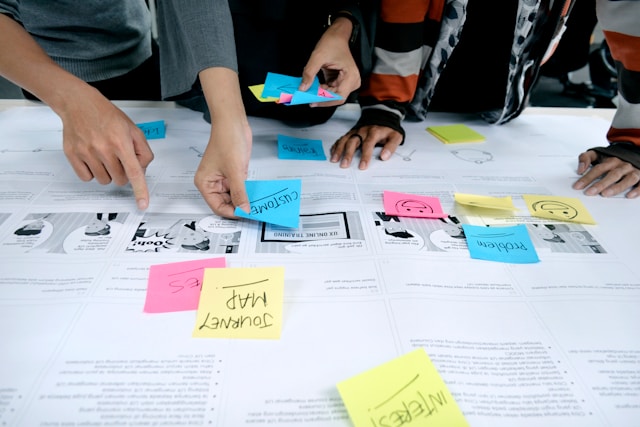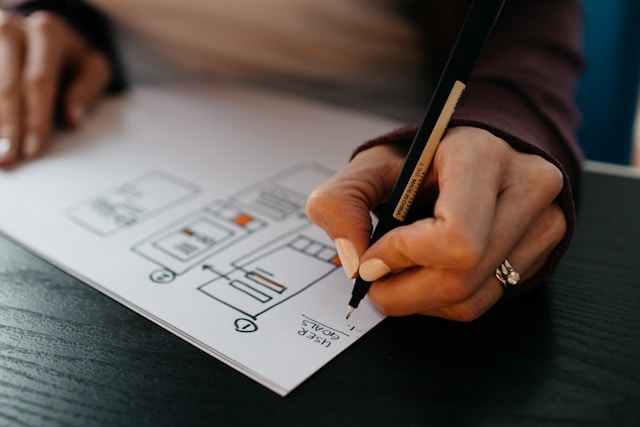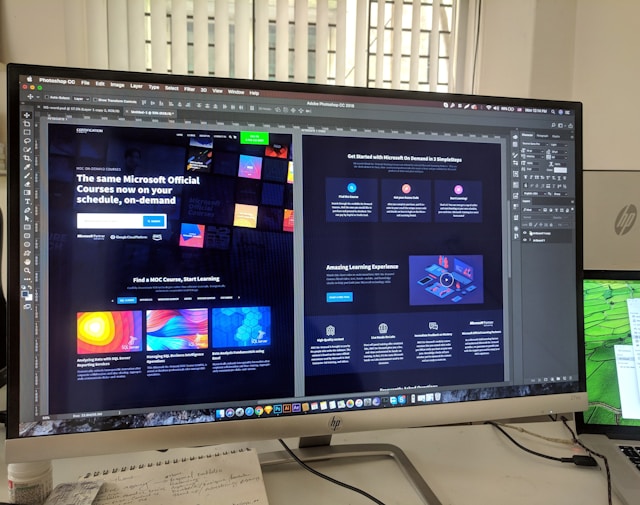The Renaissance stands as one of the most transformative periods in human history, marking a profound rebirth of art, culture, and intellectual inquiry across Europe. Emerging in the 14th century in Italy and spreading throughout the continent over the following centuries, the Renaissance heralded a departure from the constraints of the medieval era and ushered in an era of enlightenment, innovation, and creativity.
Origins of the Renaissance
The roots of the Renaissance can be traced back to the city-states of Italy, particularly Florence, where a flourishing merchant class supported a vibrant cultural scene. Wealthy patrons, such as the powerful Medici family, provided financial backing for artists, scholars, and thinkers, fostering an environment conducive to artistic experimentation and intellectual discourse.
Humanism and the Rediscovery of Antiquity
At the heart of the Renaissance was the humanist movement, which celebrated the potential of individuals and emphasized the importance of classical learning. Scholars immersed themselves in the works of ancient Greek and Roman philosophers, scientists, and writers, seeking to revive the wisdom of antiquity and apply it to contemporary society. Humanist ideas promoted critical thinking, rational inquiry, and a renewed interest in the natural world, laying the foundation for the scientific revolution that would follow.

Artistic Innovation and Mastery
One of the defining features of the Renaissance was its groundbreaking achievements in the visual arts. Artists such as Leonardo da Vinci, Michelangelo, and Raphael pushed the boundaries of artistic expression, revolutionizing techniques and subject matter. The development of linear perspective, chiaroscuro, and sfumato allowed painters to create more lifelike and immersive works, while sculptors mastered the intricacies of anatomy and proportion, producing awe-inspiring sculptures that captured the human form with unprecedented realism.
Architecture and Urban Planning
The Renaissance also witnessed remarkable advancements in architecture and urban design. Inspired by the grandeur of ancient Roman buildings, architects developed new structural techniques and design principles, resulting in the construction of magnificent cathedrals, palaces, and civic buildings. Cities were transformed into showcases of architectural beauty, with carefully planned streets, squares, and public spaces designed to inspire awe and foster a sense of civic pride.
Literature, Music, and Theater
In addition to visual arts and architecture, the Renaissance saw a flourishing of literature, music, and theater. Writers such as Dante, Petrarch, and Shakespeare produced timeless works that explored the complexities of the human experience and celebrated the beauty of language. Composers composed polyphonic music that delighted the ears of audiences, while playwrights staged elaborate dramas that entertained and enlightened audiences.
Legacy of the Renaissance
The legacy of the Renaissance continues to resonate to this day, shaping our understanding of art, culture, and civilization. Its emphasis on individualism, human potential, and the pursuit of knowledge laid the groundwork for the modern world, inspiring generations of thinkers, artists, and innovators. The Renaissance remains a testament to the enduring power of human creativity and the transformative impact of cultural revival.




